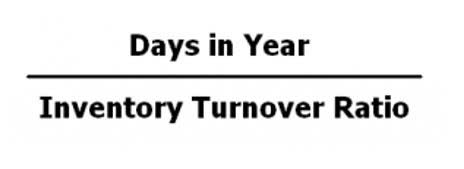
Thus, the retained earnings are credited to the Retained Earnings Account. When a company generates net income, it is typically recorded as a credit to the retained earnings account, increasing the balance. In contrast, when a company suffers a net loss or pays dividends, the retained earnings account is debited, reducing the balance. If a company decides not to pay dividends, and instead keeps all of its profits for internal use, then the retained earnings balance increases by the full amount of net income, also called net profit. Retained earnings isn’t as straightforward as it may not be advantageous to maximize retained earnings. A company may decide it is more beneficial to return capital to shareholders in the form of dividends.
Use an income statement to figure out your profit
These include revenues, cost of goods sold, operating expenses, and depreciation. Revenue, sometimes referred to as gross sales, affects retained earnings since any increases in revenue through sales and investments boost profits or net income. As a result of higher net income, more money is allocated to retained earnings after any money spent on debt reduction, business investment, or dividends. A company’s shareholder equity is calculated by subtracting total liabilities from its total assets.

What is the retained earnings formula?

Yes, having high retained earnings is considered a positive sign for a company’s financial performance. To simplify your retained earnings calculation, opt for user-friendly accounting software with comprehensive reporting capabilities. There are plenty of options out there, including QuickBooks, Xero, and FreshBooks. This reduction happens because dividends are considered a distribution of profits that no longer remain with the company.
- Retained earnings are net income (profits) that a company saves for future use or reinvests back into company operations.
- Because the company has not created any real value simply by announcing a stock dividend, the per-share market price is adjusted according to the proportion of the stock dividend.
- The Retained Earnings account can be negative due to large, cumulative net losses.
- Retained earnings, on the other hand, refer to the portion of a company’s net profit that hasn’t been paid out to its shareholders as dividends.
- The decision to retain earnings or to distribute them among shareholders is usually left to the company management.
- In general, debit accounts include assets and cash, while credit accounts include equity, liabilities, and revenue.
Try QuickBooks Accounting Software for Small Businesses Free for 30 Days
You should report retained earnings as part of shareholders’ equity on the balance sheet. That said, retained earnings can be used to purchase assets such as equipment and inventory. Accordingly, companies with high retained earnings are in a strong position to offer increased dividend payments to shareholders and buy new assets. The retained earnings increase debit or credit side that increases (debit or credit) is referred to as an account’s normal balance. Negative retained earnings are a sign of poor financial health as it means that a company has experienced losses in the previous year, specifically, a net income loss. Any changes or movements with net income will directly impact the RE balance.
Q: How are Retained Earnings calculated?
To help you better understand these bookkeeping basics, we’ll cover in-depth explanations of debits and credits and help you learn how to use both. Keep reading through or use the jump-to links below to jump to a section of interest. Even though some refer to retained earnings appropriations as retained earnings reserves, using the term reserves is discouraged.
- Observing it over a period of time (for example, over five years) only indicates the trend of how much money a company is adding to retained earnings.
- Once your cost of goods sold, expenses, and any liabilities are covered, you have to pay out cash dividends to shareholders.
- In fact, what the company gives to its shareholders is an increased number of shares.
- To find retained earnings, you’ll need to use a formula to calculate the balance in the retained earnings account at the end of an accounting period.
- The firm need not change the title of the general ledger account even though it contains a debit balance.
- Thus, any item that leads to an increase or decrease in the net income would impact the retained earnings balance.
- A service-based business might have a very low retention ratio because it does not have to reinvest heavily in developing new products.
For instance, in the case of the yearly income statement and balance sheet, the net profit as calculated for the current accounting period would increase the balance of retained earnings. Similarly, in case your company incurs a net loss in the current accounting period, it would reduce the balance of retained earnings. Since all profits and losses flow through retained earnings, any change in the income statement item would impact the net profit/net loss part of the retained earnings formula. Then we translate these increase or decrease effects into debits and credits. The amount of retained earnings that a corporation may pay as cash dividends may be less than total retained earnings for several contractual or voluntary reasons.

Recent Comments